Not particularly considered by tourism, Sarajevo, the capital of Bosnia and Herzegovina, is a city that deserves to be visited thanks to its history and its cultural melting pot.
Check out these amazing hotel deals!
- Save up to 30% on your hotel in Hawaii!
- Last-minute holiday hotel deals
- Top hotel deals for a new year trip
- Visiting Paris? Find the Best Deals & Reviews at TripAdvisor.
- Save 30% on hotels in Ocean City, Maryland...a TripAdvisor Top 10 Summer Destination!
- Save up to 30% on your hotel on your Winter Vacation!
- Find top-rated hotels at the lowest prices on TripAdvisor. Check rates now!
- Save up to 30% on hotels for a romantic getaway!!
Multi-ethnic and multi-religious, it is a place that arouses strong and conflicting emotions that push people to reflect.
Although it has only half a million inhabitants, it has a beating heart, a compact and easy to visit historic center and plenty of attractions to see and discover.
Often tourists stay here no more than a day, however, it would be worth dedicating a little more time to this city. So let’s find out what to see in Sarajevo, the best attractions and things to do!
Historic center
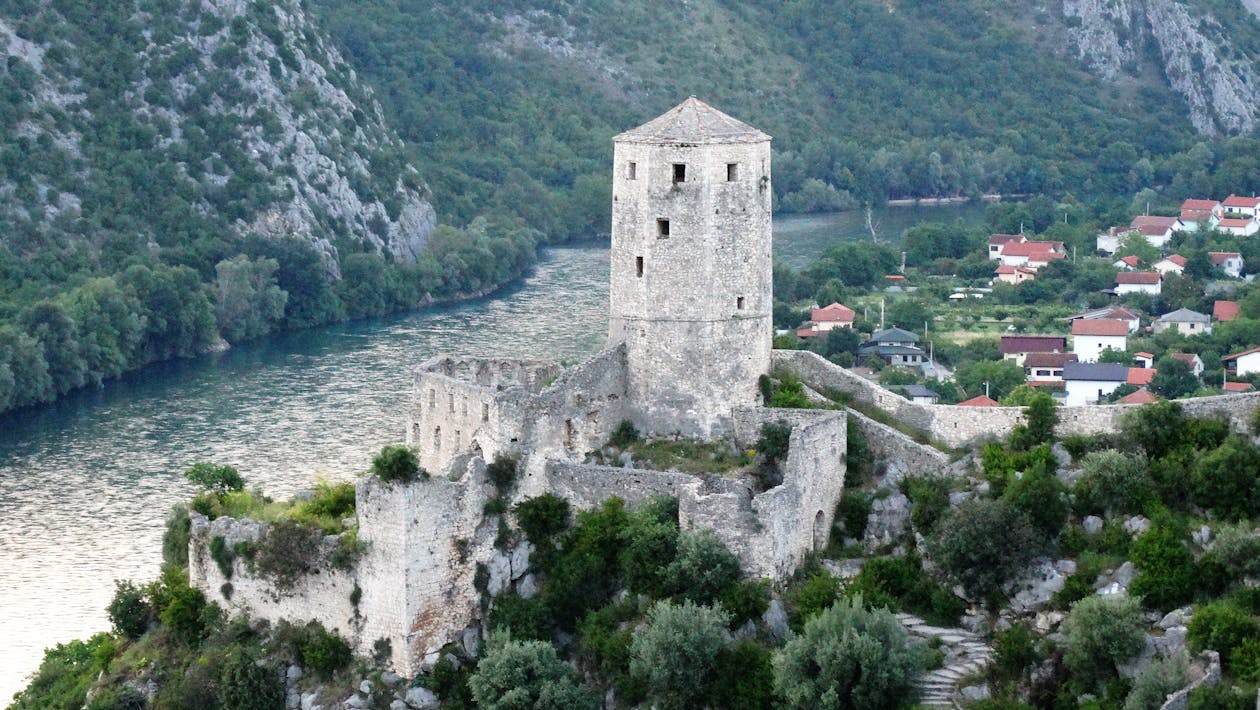
Credit: Tomic – pexels.com
The visit to Sarajevo can only start from here, from the historic center originally called Bašcaršija (from the Turkish “baş-çarşı” which means “the main market”), once the place where the city market took place.
Here are the ancient mosques, Orthodox churches and some historical monuments of particular importance that you can visit carefully and which we will describe later.
The main artery of this area is the Ferhadija pedestrian street, full of shops, restaurants, and cafes, perfect for a break and to taste the famous Turkish coffee, included in the list of commercial assets declared World Heritage by UNESCO.
In the center of the square, you can admire the Sebilj fountain, built in the late 1900s in Moorish style, a symbol of the city often present on postcards and images of Sarajevo, especially at sunset when the pigeons fly up and the light is magical.
It represents the heart of the city and can be reached on foot in 4 minutes by crossing the Latin Bridge; alternatively by tram, nearest stop.
What to do here?
Taste the Turkish Coffee: it is a drink that dates back to the fifteenth century, originally from Yemen, and then spread throughout the Middle East. It arrived in Bosnia and Herzegovina in 1463. In the city, you will find it everywhere, but one of the best is in the Miris Dunja restaurant.
Tsars Mosque – Emperor’s Mosque

Credit: Pixabay.com
In the Turkish district of Bascarsija is the Emperor’s Grand Mosque, also known as Tsars Mosque, built in 1457 following the Ottoman conquest of Bosnia. Built to honor the sovereign Suleiman I, it has quite large dimensions, but despite this, it has only one dome.
The magnificent octagonal minaret is considered the most beautiful in the country and inside it is rich in recently restored decorations. The original Turkish bath was destroyed at the end of the 19th century, but the architect Vancas redesigned it and the construction survived the war of 1992-95.
Next to the mosque, there is a small cemetery where there are several tombs of viziers, mullahs, sheiks, and employees of the religious place. Following the wars of the 90s in the former Yugoslavia, the mosque suffered several damages and for a long time, it has been restructuring which, due to the limited funds, is however slow.
Orthodox Cathedral of the Nativity of Jesus
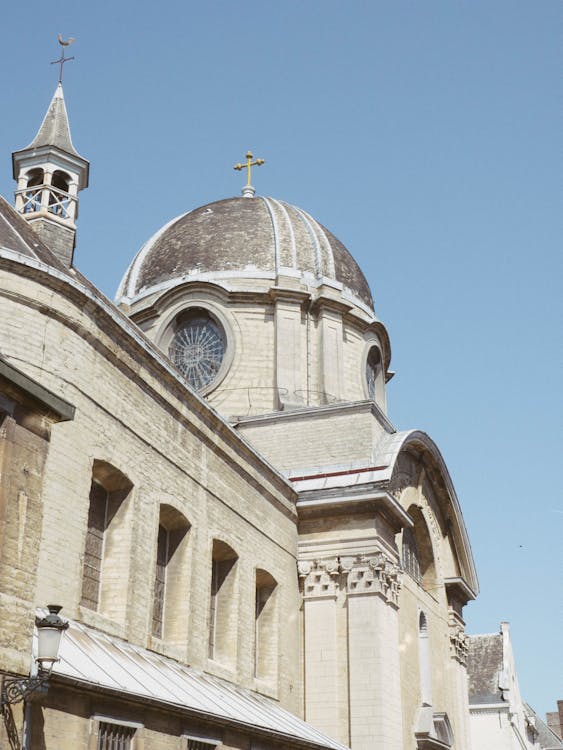
Credit: Pixabay.com
Also in the historic center, between mosques and synagogues, stands the Orthodox Cathedral of the Nativity of Jesus, one of the largest in the country, built in the year 1868 in honor of the Holy Mother of God and the birth of Jesus. In Baroque style, with some Serbian-Byzantine elements, however, it is characterized by a large gilded bell tower and five large domes, while the interior has a cross-shaped plan and is finely decorated.
This church is known locally as “the New Orthodox Church”, to distinguish it from the 16th-century church which is a few meters to the east, and it was the first non-Muslim building to be built. sore for the Muslims, who wanted there to be limitations to non-Islamic architecture, but it was not demolished.
It is located in the historic center and can be reached on foot from the Latin Bridge in 5 min; alternatively by tram, get off at Bascarsija (lines 1, 2, 3, and 5)
What to do here?
Play chess with the locals: adjacent to the cathedral there is a park where groups of retirees gather every day to play chess, attended by spectators who provide advice or simply cheer!
Catholic Cathedral of the Sacred Heart

Credit: Calvo – pexels.com
Among mosques, Orthodox churches, and synagogues, in the center of Sarajevo, there is also a Catholic church, the Sacred Heart Cathedral, the main place of Catholic prayer in the city, and today the seat of the archdiocese of Vrhbosna.
This is constructed in honor of the Sacred Heart of Jesus in 1889, with an imposing and neo-Gothic structure, it has two twin towers that rise into the sky, a facade with bricks that cover the bell towers, and a central portal with a rose window.
Inside, there is a marble high altar resting on four Tyrolean red marble columns and behind seven niches with as many statues of saints, prophets, and angels. On the wall of the western bell tower, however, the coronation of Mary is painted, while on the eastern one the resurrection of Jesus.
Going to the Sarajevo Roses
Outside the church, on the asphalt, is the Sarajevo Rose. Walking through the city, along the Miljacka embankment, in the old town, and the Ottoman Baščaršija, you will happen to see these red resin roses on the asphalt, these symbols recall the precise points where one or more people killed by a bomb or a sniper during the recent war.
Latin Bridge
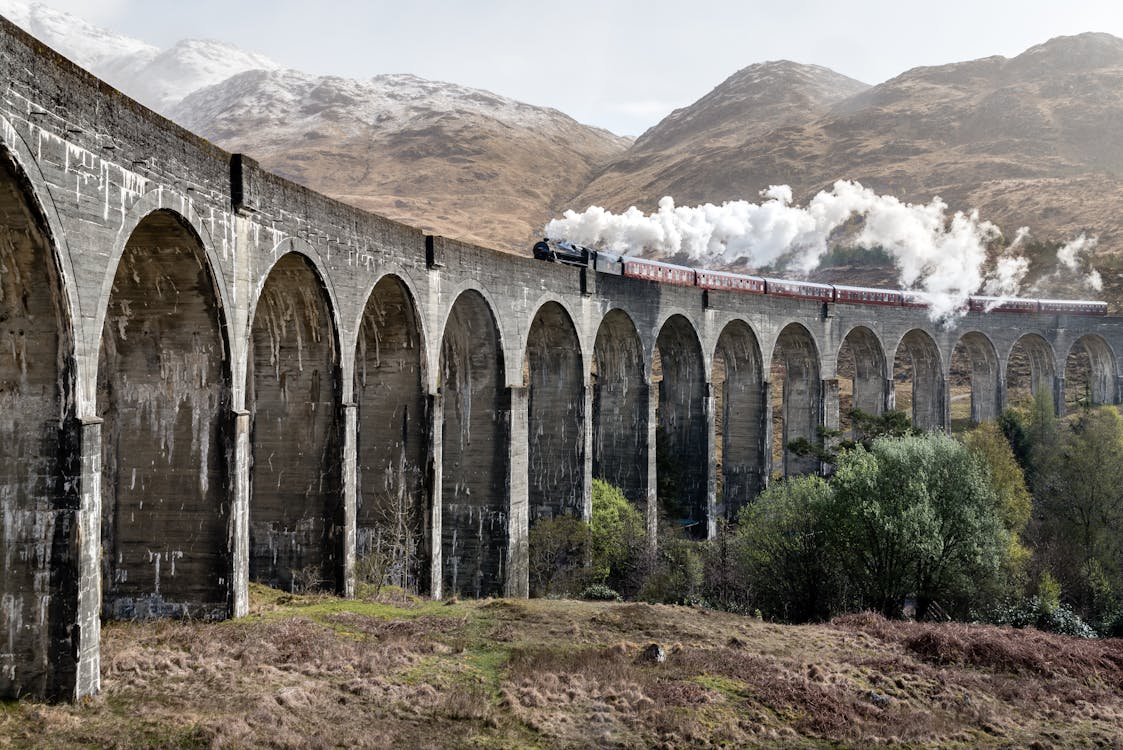
Credit: Palai – pexels.com
Sarajevo has several bridges, but the Latin Bridge is the oldest. Of Ottoman origins and formed using stone and plaster with 4 arches and three sturdy pillars, it is visible from different points of the city but above all has a significant historical value.
It was right near the bridge that on June 28, 1914, the assassination of the heir to the Austrian throne Francesco Ferdinando took place, an event that triggered the beginning of the First World War.
In Sarajevo, it is possible to stop at the exact corner where the fact that changed the course of history and shaped the world as we know it happened. Outside the Sarajevo Museum, at the end of the bridge, a plaque marks the exact spot where Francesco Ferdinando and his wife lost their lives.
It can be reached on foot from the historic center, 2 min from the Emperor’s mosque; or by tram, nearest stop Latinska ćuprija (lines 1, 2, 3, and 5)
Discover the other bridges of Sarajevo: in addition to the Latin Bridge, the Olga, and Suada Bridge, where the first two victims died during the 1992 siege, and the Festina Lente Bridge, structured in 2012 and designed by some students of the Academy of Fine Arts of the city,
Tunnel of Salvation
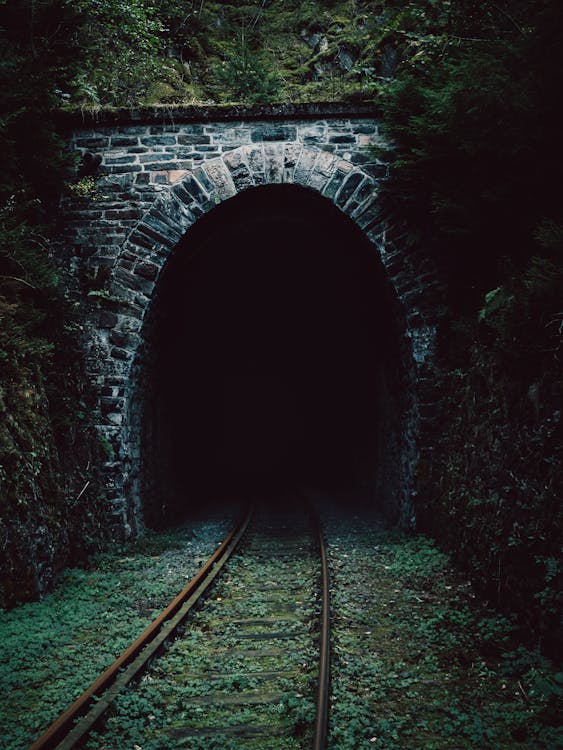
Credit: Rapprich – pexels.com
If you visit Sarajevo you can see how the scars of the recent war are still evident. A great way to learn about the city’s grim past is to join a tour of the siege during the war with a guide, who will show you the main sites of the siege.
This visit certainly cannot miss the Salvation Tunnel, or Museum of the Tunnel, which was designed by Nedzad Brankovic and Fadil Sero and built by Bosnian volunteers between 1992 and 1995 and which served to connect the two free cities of Dobrinja and Butmir. Civilians crossing this passage could not only save themselves but also pass humanitarian aid and food.
The entrance is on a house museum which in 1993 belonged to a family who gave their consent to build the tunnel. As soon as you enter the museum, you will find numerous images of the faces of the people who excavated the gallery in shifts of 8 hours a day for 6 months, while in the rooms you can see screenings and a documentary on the Prijedor massacre.
The display cases retain the uniforms and the model depicts the entire 800-meter long gallery, of which only 25 meters is visible today
Galerija
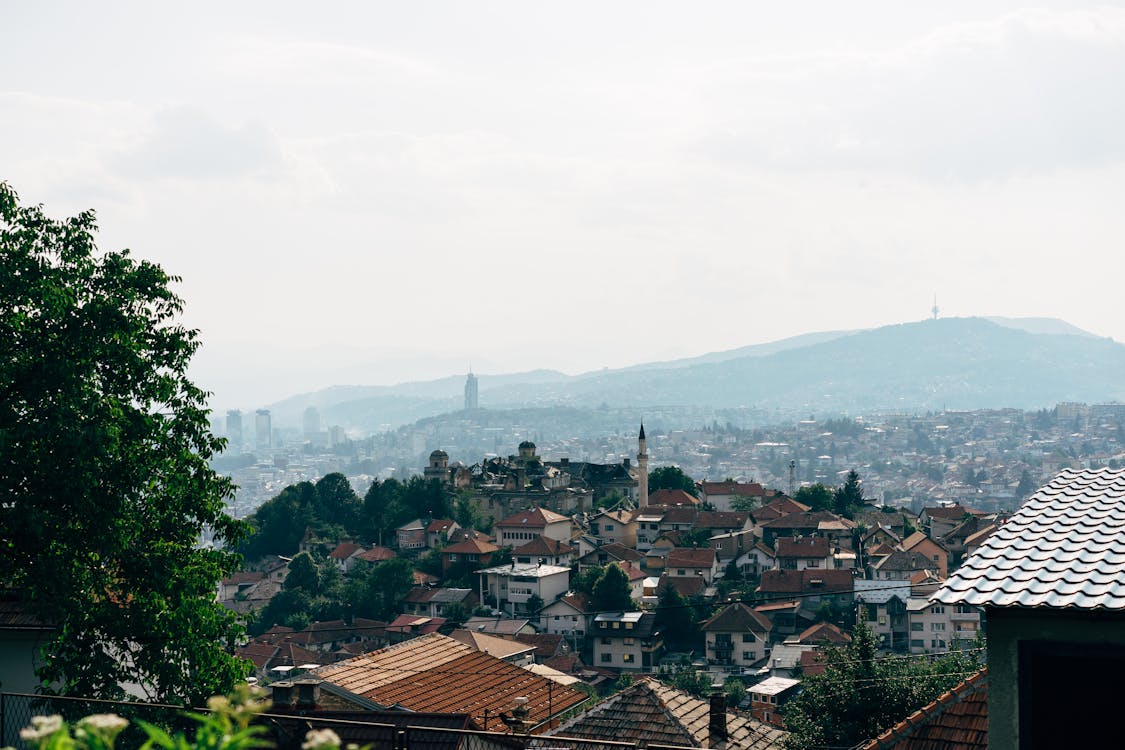
Credit: Winkler – pexels.com
La Galerija 11/07/95 is a memorial set up to remember the 8,372 victims of the Srebrenica genocide and was opened on 12 July 2012, one day after the anniversary of the massacre, with the intention of not forgetting.
Within a space of 300 square meters, housed in an Austro-Hungarian building, it exhibits documentary images of what happened and what remained of Srebrenica. On the wall of this permanent exhibition, you can read the names of the victims and you can see old family portraits.
Everything that can be seen is the result of a long documentation work that lasted 7 years and aims to make known a huge tragedy that shook the whole of Bosnia and Herzegovina, but which unfortunately is little known outside the country. Permanent exhibitions, especially photographic ones, are often organized inside the gallery.
Discover a black page of the city: the Srebrenica massacre was a genocide of over 8,000 Muslims of the Bosnian ethnic group, mostly men and boys, which took place in July 1995 at the hands of the Army of the Serbian Republic of Bosnia and Herzegovina. These people were killed and buried in mass graves.
National and University Library of Bosnia and Herzegovina
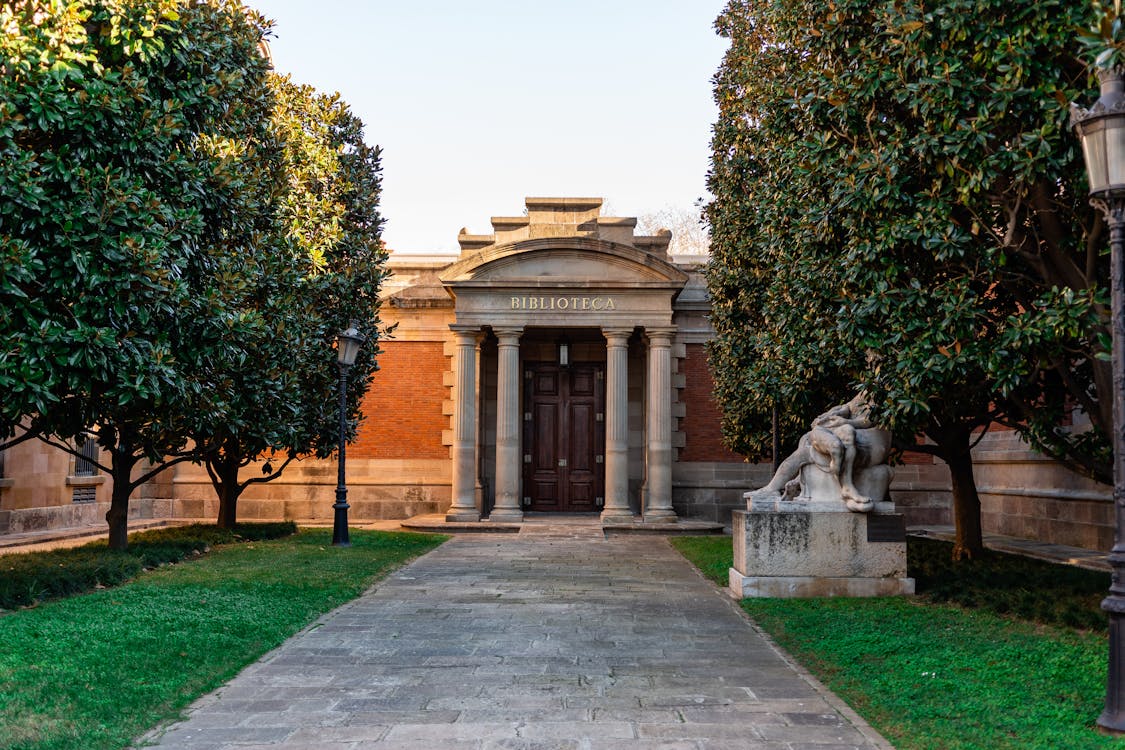
Credit: Lopez – pexels.com
On the right bank of the Miliatcha, a stone’s throw from the Latin Bridge is this important national institution that was abandoned for years due to the damage caused by the siege but which fortunately was reopened to the public and restored to its former glory. time.
The National Library, of Moorish origin dating back to 1896, was one of the targets of the war and caught fire on the night between 25 and 26 July 1992; together with the building, huge material dating back to the Middle Ages was destroyed (including manuscripts, books, and works of art) and the 32-year-old librarian Aida Buturovic lost her life. However, thanks to the civilians, who put their own lives in danger, at least a tenth of the books were saved
After several restorations works, the building was rebuilt trying to keep the original project and in 2014 it was reopened. Today it hosts various events, concerts, and exhibitions and is the seat of the Town Hall; do not miss the permanent exhibition, in the basement of the library, which traces the history of Sarajevo from its origins to the present day.
War Childhood Museum
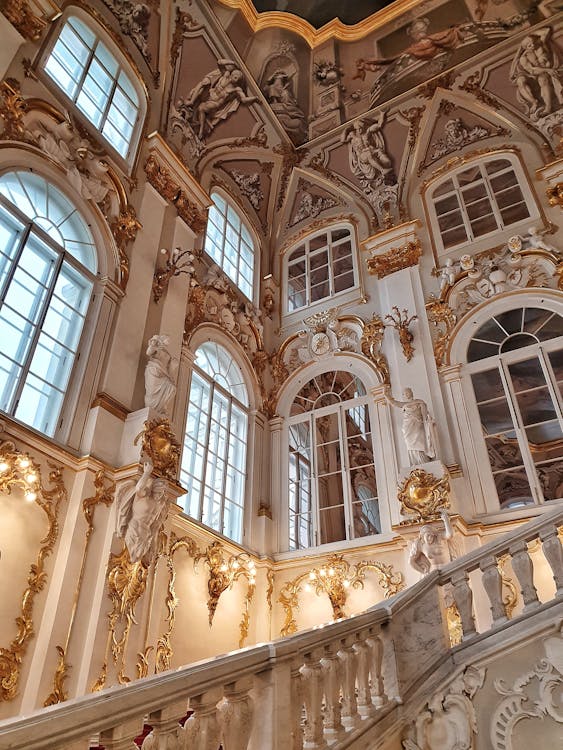
Credit: Marinkovic – pexels.com
Among the things not to be missed in Sarajevo, there is this recent museum, so much so that in some tourist guides it is not yet mentioned, and is the product of the homonymous book by Jasminko Halilovic, in which the author has collected about 1,000 testimonies of the children who lived through the war. The War Childhood Museum opened in 2017 and won the Council of Europe Museum Prize in 2018.
Inside the museum, it is possible to observe every form of the tangible memory of the war in Bosnia looked at through the eyes of those who at the time were only children.
The collection includes diaries, photographs, toys, letters, and to this are added video and audio testimonies of the owners of the objects.
A particular place but worth visiting to understand even more the recent events of a country that is a few kilometers away from us.
An integral part of the museum is represented by international projects and collaborations with Lebanon, Serbia, the USA, and Ukraine to transform this place, as well as an exhibition venue, into an international meeting point to create the largest world archive of related objects and experiences. to childhood during conflicts.
National Museum of Bosnia
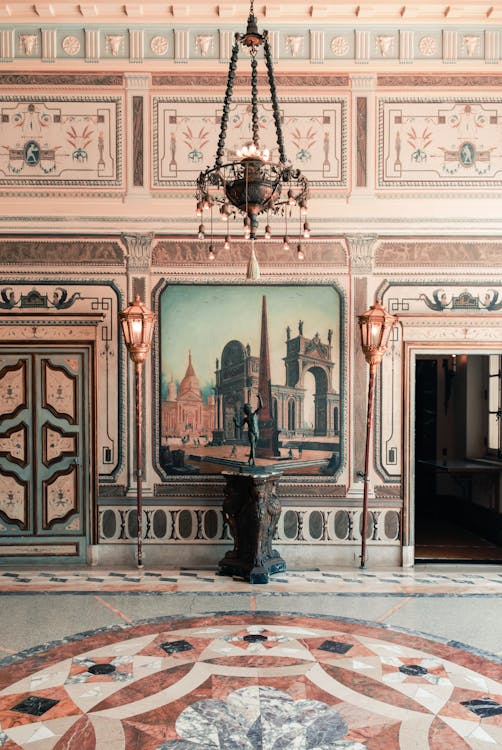
Credit: DELCII X – pexels.com
Inaugurated in Sarajevo in 1888, the Zemaljski Muzej Bosne I Hercegovine was enlarged in 1913 thanks to the Austrian architect Parzik, who redesigned the building by dividing it into 4 symmetrical pavilions with a neo-Renaissance facade. Inside you can admire various exhibits belonging to archeology, art history, geography, and history.
Closed due to lack of funds after 124 years of activity in 2012, the Museum was reopened in 2015 and is worth a visit especially because it houses the Haggadah of Sarajevo, the ancient illuminated text with numerous scenes from the Bible.
This Haggadah is one of the oldest, made in Barcelona in 1350, and testifies to the miniatures with human representations of the Jewish tradition.
Also not to be missed is the collection of Stecci, or medieval tombstones, which can be admired in the botanical garden and the ethnographic exhibition with furnishings, carpets, and ceilings of the houses of the nobles who lived in Sarajevo in the 1800s.
Pay attention to the hours of the Haggadah: the Haggadah is exposed only 2 hours a week and the pages are turned every month so as not to expose them too much to light. To be sure of the times in which it is possible to see it, consult the official website.
Pijaca Markale Market
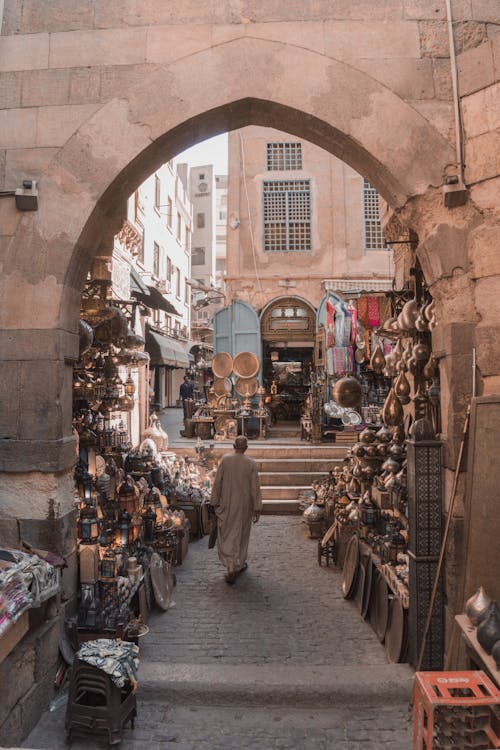
Credit: Azabache – pexels.com
In the heart of the Turkish quarter, very famous throughout the country, the Pijaca MArkale Market is a meeting place for citizens and tourists. In addition to the numerous stalls selling fruit and vegetables from local producers, flowers, sweets, and clothes.
This place is linked to a terrible memory: here in 1994 68 people lost their lives, the following year another 43 civilians died, in both cases because of the bombing; to remember the tragic event a red wall on the side of the market, with a stone where the names of all the victims are engraved.
Today the market is a quiet place to shop, meet and chat, but the citizens of Sarajevo cannot forget the story. Before leaving here, if it’s time for lunch or a snack, cross the street and also visit the closed market, where several stalls prepare platters of cold cuts and cheeses.
Bob’s track
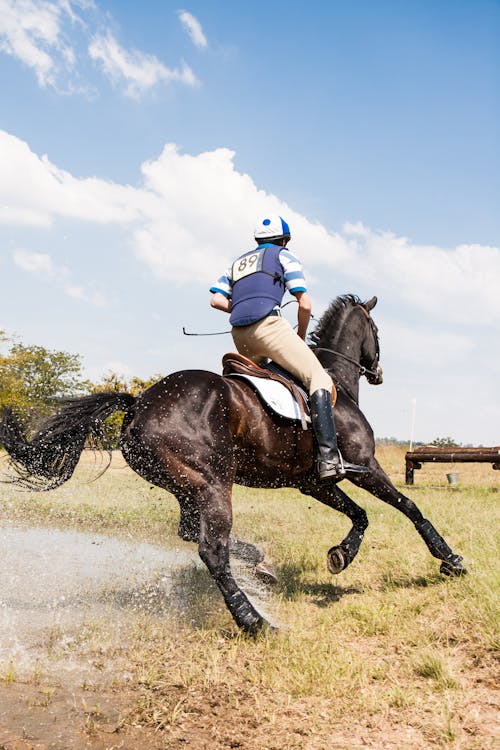
Credit: Meulen – pexels.com
In 1984 Sarajevo hosted the Winter Olympics and, years later, what can be seen today are only the remains of the structures that were the scene of sports victories, since the bombings of the 1992 war destroyed most sites.
A suggestive place to visit, however, is the Bob track, which is located on Mount Trebevic; in this place, during the war, numerous mines were placed and the km of curves and parabolics of the track served as artillery positions, from where the snipers fired on the city.
At the end of the war, concrete was poured on the track to protect against mines, and over the years efforts have been made to embellish this place with murals and paintings.
Not far from here there are also the remains of the motel that housed sportsmen, spectators, and journalists, while on Mount Igman you can see the two ski jumpers in dilapidated conditions and the two towers of the Bistrik Kula observatory, also now abandoned.
Buy the mascot of the Olympic games: the importance that the Olympics had for the people of Sarajevo, who hoped after this event to be reborn and have well-being, is testified by the fact that even today one of the best-selling souvenirs in the city is the mascot of the Vucko Games.
Torre Avaz
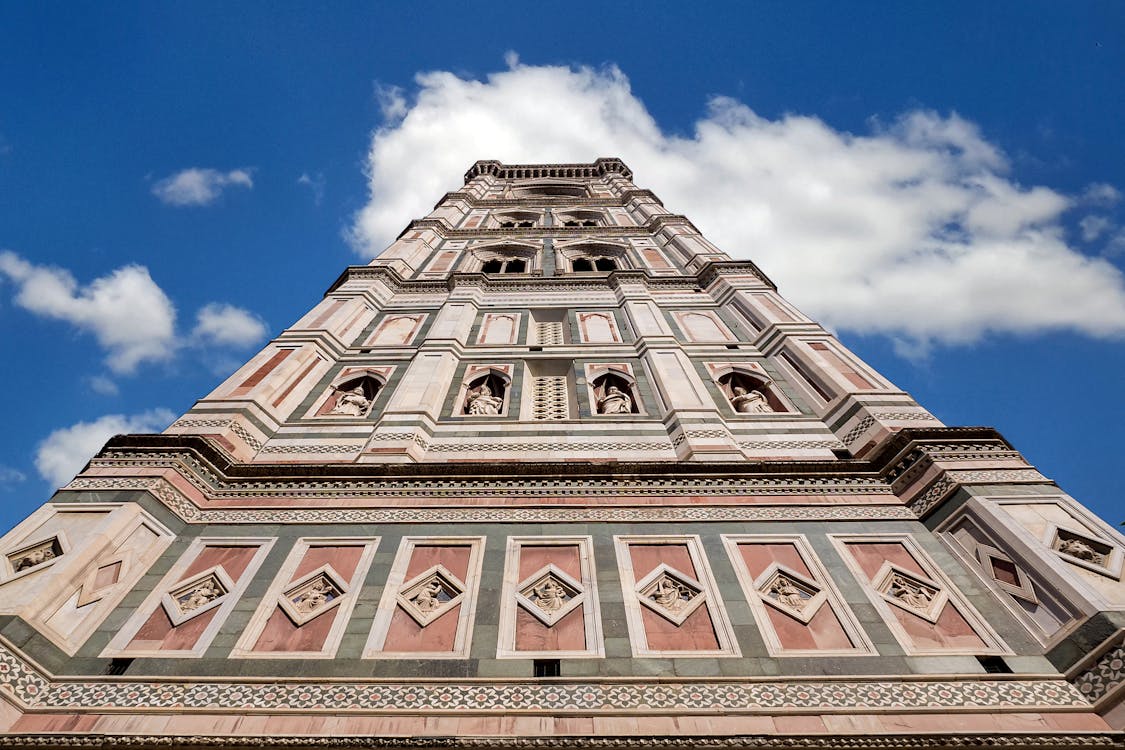
Credit: Garcia – pexels.com
The only skyscraper in the city, which stands out for its 176 m high. We are talking about the Avaz Tower, from which you can admire a beautiful view of Sarajevo.
Headquarters of one of the Bosnian newspapers “Dnevni Avaz”, in the Marijin Dvor district, was inaugurated in 2008 and is characterized by a twisted facade visible from different points of the city and its top reachable by super fast panoramic elevators, which offer visitors an unforgettable experience as they are carried up 150 meters.
Once at the top, you can enjoy a splendid view over the city, but also enjoy a coffee or a beer at the restaurant and bar located on the penultimate floor.
Take part in Avaz Tower Running: Each year, the Avaz Twist Tower organizes the Avaz Tower Running, an unusual sporting event where competitors climb 780 steps to reach the observation deck. This race is a real challenge for athletes looking for adrenaline!
Caffè Tito

Credit: Rojas – pexels.com
“Coffee is to Bosnia as tea is to Great Britain”. This is one of the phrases you might hear from a city guide, who will also advise you to enjoy one at the Cafe Tito.
This communist-themed venue is dedicated to both hot drinks and the last dictator of the former Yugoslavia, Josip Tito. In the gardens around the restaurant, you will find tanks, artillery, and military jeeps, the internal walls are covered, however, with images of the man to whom the café is dedicated, the tables are decorated with newspapers full of articles written about him
Sarajevo Brewery
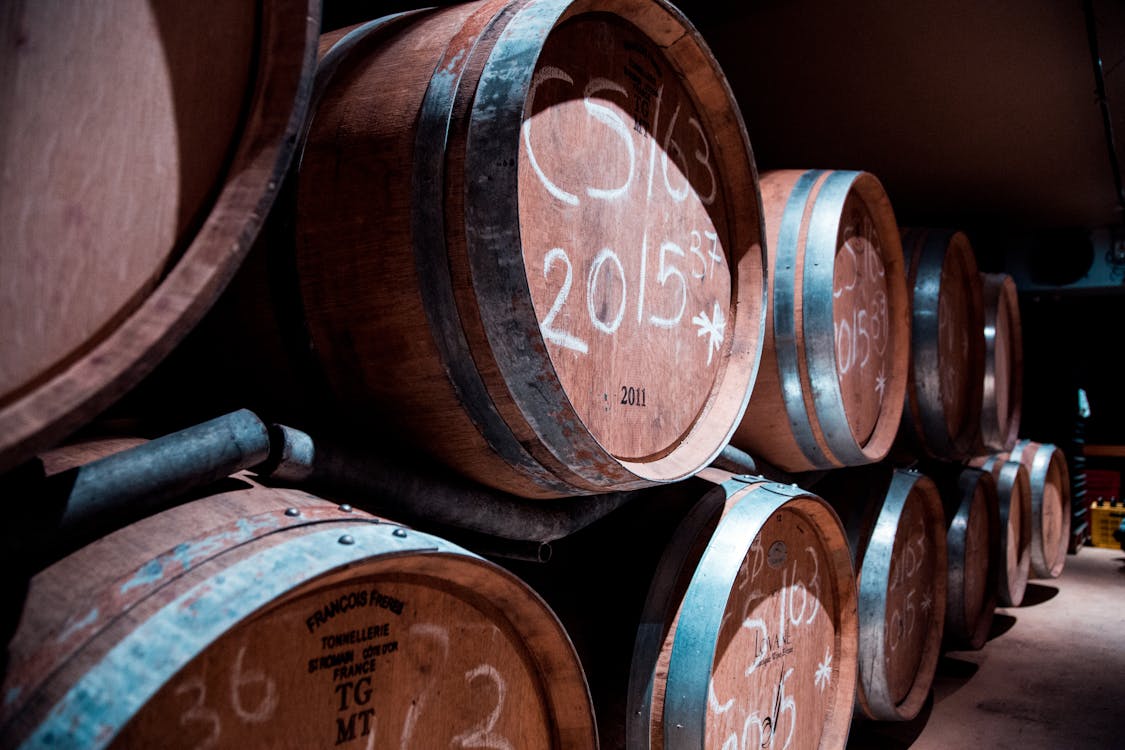
Credit: Brognoli – pexels.com
In addition to the coffee, another attraction of Sarajevo is undoubtedly the local beer. The Sarajevo Brewery dates back to 1854 and was the first to produce this drink in the city, it was also the only one not to close in the years between 1992 and 1995, while the city was under siege.
It is located south of the river, facing the Latin Bridge, and is an imposing red building in the Austro-Hungarian style. Inside you can enjoy beer and try some of their delicious culinary specialties. In addition, the museum and the guided tour are very interesting, allowing you to discover and learn about all the stages of production.
Learn about the history of the brewery during the siege
In April 1992, Serbian troops besieged Sarajevo and, a month later, closed the aqueduct that supplied the city with drinking water from the surrounding mountains. For several months the only water supplies were those of the brewery and water distribution points were installed inside it.
Other attractions to visit
Among the places of worship, we mention the Gazi Husrev-beg Mosque, with the clock tower next to it, the Ashkenazi synagogue, the only center of Jewish worship in the whole city, and the Jewish Cemetery.
Among the museums to visit, we recommend the following:
- The Museum of Crimes against Humanity and Genocide 1992-1995, which tells of the atrocities of that war (10.00 KM / € 5.10)
- The Sarajevo Museum 1878-1918, which includes materials and artifacts dating back to these years (4.00 KM / € 2.00)
- Casa Svrzo, a typical 18th-19th century Islamic estate, is now owned by the Sarajevo Museum (3.00 KM / € 1.50).
- The Ars Aevi Museum, dedicated to contemporary art lovers(12.00 KM / € 6.10).
Sarajevo also has some parks where you can spend a few hours on fine days, including Veliki Park and Vrelo Bosne, where the Bosna river is born. If you have enough time, we recommend that you also take a day to discover the mountains surrounding the Bosnian capital.
7 Things to Do in Sarajevo
Discover the places of war: as we all know, Sarajevo has a sad and hard history behind it. With a guided tour you will discover the history of the city through the eyes of an expert local guide. Info and costs here.
- Walking along the ramparts: the best way to enjoy the city from above at sunset, but also at other times of the day, is to climb the ramparts. one of the most beautiful is certainly the Yellow Bastion (Zuta Tabija), from where you can take wonderful photographs,
- Take a tram ride: useful for getting around the city center, Sarajevo’s trams are also a nice blast from the past. Characterized by a mechanical noise and often old and peeling interiors, they allow you to meet the looks and smiles of the elderly women and the people who frequent them.
- Stroll along Ferhadija: the street of the historic center, full of clubs, shops, and restaurants, ideal for a nice walk and to stop for a coffee break
- Take a photo in front of the Sebilj Fountain: perhaps the most famous fountain in the whole city, the one that almost always appears in postcards of Sarajevo. Then take your personal “postcard” by posing in front of this fountain
- Break at Inat Kuć: this restaurant has become the pride of the city! It is a real institution, as well as a place with an important history. Have lunch or dinner here and you can taste excellent dishes of the Bosnian tradition
- Travel to Mostar: if you have enough time available, we recommend that you spend a day exploring the surroundings of Sarajevo, such as Mostar.
Planning Your Trip
The ideal period is spring and summer when temperatures are pleasant and rainfall is scarce.
Once you arrive, we suggest you move mainly on foot. As for accommodation, we recommend looking for one in the center (compare the accommodation on booking); If you are looking for nightlife.
Sarajevo from this point of view is quite lively offers numerous nightclubs, trendy bars, but also has cinemas, theaters, jazz clubs, and clubs with live music that are concentrated in the center.
The city is also very culturally active, hosting the Sarajevo Winter Festival in February, the Nights of Bašcaršija in July, the Sarajevo Film Festival in August, and, finally, the Mess-Festival in May and the Jazz Festival in November.
If you are traveling with children, we recommend that you visit the surroundings above all, where you can do activities in nature and dedicate yourself to visiting the city in the historical part and along the river.
Check out these amazing hotel deals!
- Save up to 30% on your hotel in Hawaii!
- Last-minute holiday hotel deals
- Top hotel deals for a new year trip
- Visiting Paris? Find the Best Deals & Reviews at TripAdvisor.
- Save 30% on hotels in Ocean City, Maryland...a TripAdvisor Top 10 Summer Destination!
- Save up to 30% on your hotel on your Winter Vacation!
- Find top-rated hotels at the lowest prices on TripAdvisor. Check rates now!
- Save up to 30% on hotels for a romantic getaway!!
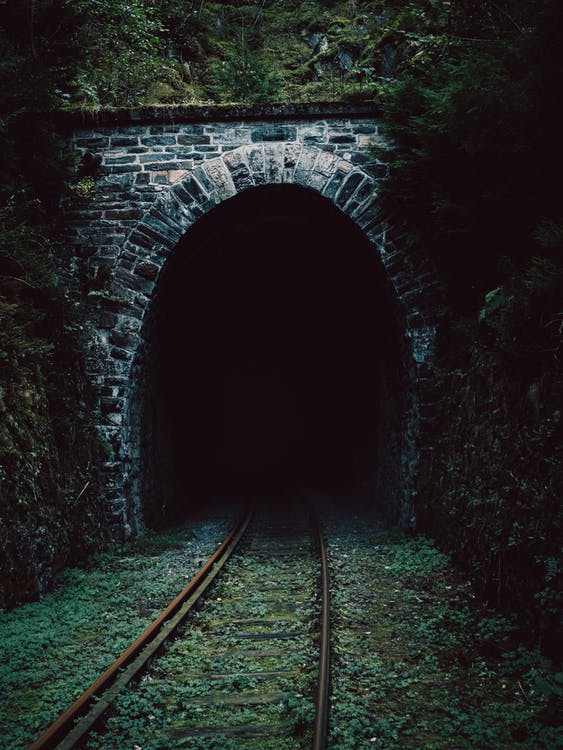
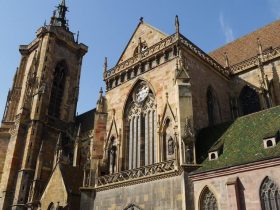




Find Us on Socials